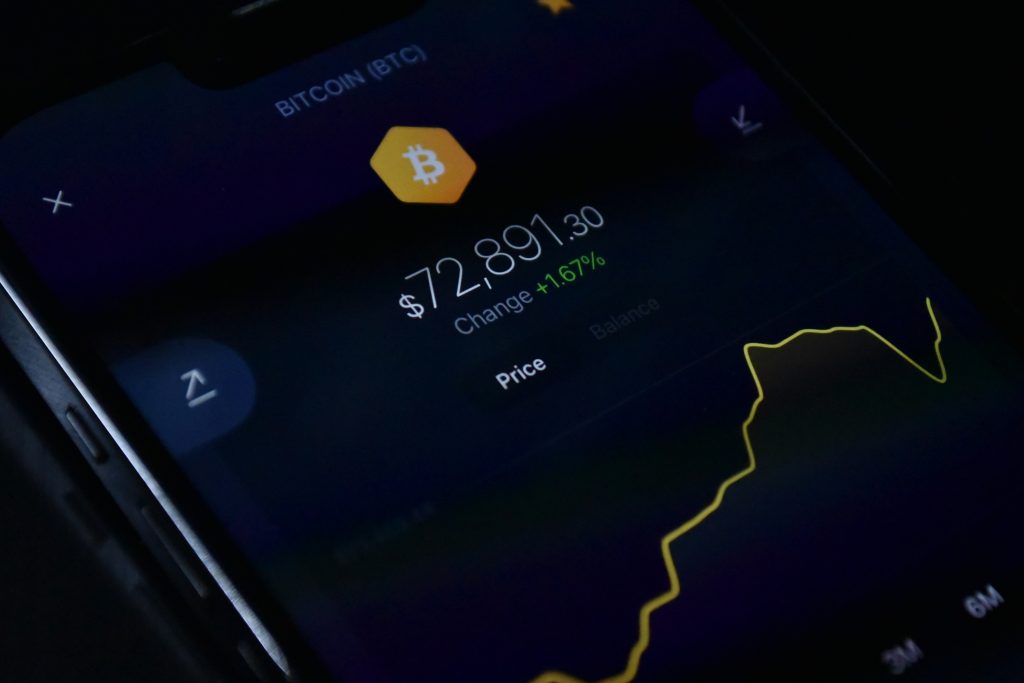Over the past ten years, cryptocurrencies have evolved from a niche experiment into a fully-fledged financial instrument. Today, there are thousands of coins and tokens in circulation, with a combined market capitalization reaching trillions of dollars.
There are several key areas standing out in the market:
For an investor, it’s important to understand that a cryptocurrency’s price is determined solely by supply and demand. Unlike fiat, there is no central issuer who can regulate the value. Therefore, the market remains high-risk, yet it offers significant opportunities to earn.
There are several main categories of digital assets on the market, each serving its own tasks and having its own features:
For an investor, it’s important to consider not only the asset category but also its real-world application. The broader a coin or token’s use, the higher the probability of its long-term growth.

Dozens of factors affect cryptocurrency prices, but the key ones are technological, market-related, and regulatory. Below is a table with the main growth drivers and downside risks.
| Factor | How it drives growth | How it drives decline |
| Technology | A new algorithm, high throughput, and hack resistance increase interest | Bugs in code, blockchain outages reduce trust |
| Regulation | Legalization of crypto in G20 countries opens access to institutional capital | Bans and restrictions at the state level lead to investor outflows |
| User interest | Growth in wallets, transactions, and retail/business acceptance stimulates demand | Liquidity flowing back to traditional assets lowers turnover |
| Market players | Large funds and corporations can sharply raise price via mass purchases | “Whale” manipulation (mass selling) crashes the market |
| Macro economy | Crises in the fiat system push investors into crypto as “digital gold” | Rising interest rates and a strong dollar make crypto less attractive |
Для анализа динамики курса инвестору стоит отслеживать не только график цены, но и метрики блокчейна (хешрейт, активные адреса, объёмы переводов), а также новости о регулировании и глобальной экономике.
A cryptocurrency’s market capitalization is the main indicator by which its significance in the market is assessed. It reflects the total value of all coins or tokens in circulation.
The calculation formula is simple:
Капитализация = Цена одной монеты × Количество монет в обращении
Example:
For investors, market cap serves as a guide: large-cap assets are considered more reliable, while small-caps can bring multiple returns but carry higher risk of loss.
There are two main approaches to working with cryptocurrencies: long-term investing (HODL) and active trading.
Essence: buying cryptocurrency and holding it for months or years.
| Pros | Cons |
| Minimal time commitment | Volatility: drops of dozens of % are possible |
| Capital protection from inflation | Long wait for profits |
| Chance to benefit from major rallies | Need to withstand psychological pressure during drawdowns |
Essence: short-term trades (from minutes to a few days) aiming to profit from price swings.
| Pros | Cons |
| Potential daily income | High risk of losses |
| Use of leverage to boost returns | Requires constant market monitoring |
| Wide array of tools (tech analysis, bots) | Strong psychological pressure |
Experienced investors use a mixed strategy: they keep part of capital in reliable assets (BTC, ETH) for the long term, and use another part to trade altcoins. This method helps reduce risks while earning from short-term deals.
The choice of cryptocurrency depends on the investor’s goals, strategy, and risk level.
| Category | Examples | Pros | Cons |
| Base coins | BTC, ETH | High liquidity, resilience during crises | Slower growth vs. altcoins |
| Top altcoins | BNB, SOL, ADA | Technological advantages, rapid growth | Strong price swings |
| Stablecoins | USDT, USDC, DAI | Stability, minimal risks | No growth potential |
| New projects | DOT, AVAX, NEAR | Potential for multibagger returns | High risk of failure |
Cryptocurrency can be purchased in different ways. Each option has its own specifics regarding speed, fees, and security level.
Основные методы покупки
| Method | Examples | Advantages | Disadvantages |
| Online exchangers | BestChange, ChangeNow | Fast, convenient, often no KYC | High fees, fraud risk |
| P2P platforms | Binance P2P, LocalBitcoins | Wide choice of payment methods, can buy with cash | Possible delays and disputes between users |
| Centralized exchanges (CEX) | Binance, Bybit, OKX | High liquidity, low fees, user-friendly interface | Verification required; exchange storage is less secure |
| Decentralized exchanges (DEX) | Uniswap, PancakeSwap | No intermediaries, support for DeFi tokens | Requires experience; possible mistakes when using a wallet |

The prospects of cryptocurrencies depend on a combination of technological innovation, regulation, and mass adoption.
| Outlook | Pros | Cons |
| Mass adoption | Higher liquidity, recognition at the state level | Possible restrictions and taxes |
| DeFi and Web3 | New earning models, decentralization | High risks of scams and vulnerabilities |
| CBDCs and stablecoins | Convenient payments, stability | Risk of crowding out decentralized tokens |
| Stronger regulation | Legalization, institutional inflows | Loss of anonymity, more KYC |
The cryptocurrency market is developing rapidly and remains high-risk, but at the same time it opens up new opportunities for investors and traders.
Key takeaways:
Main recommendation: diversify risk. Build the long-term part of the portfolio from base coins, and use promising altcoins and new projects for experimentation.